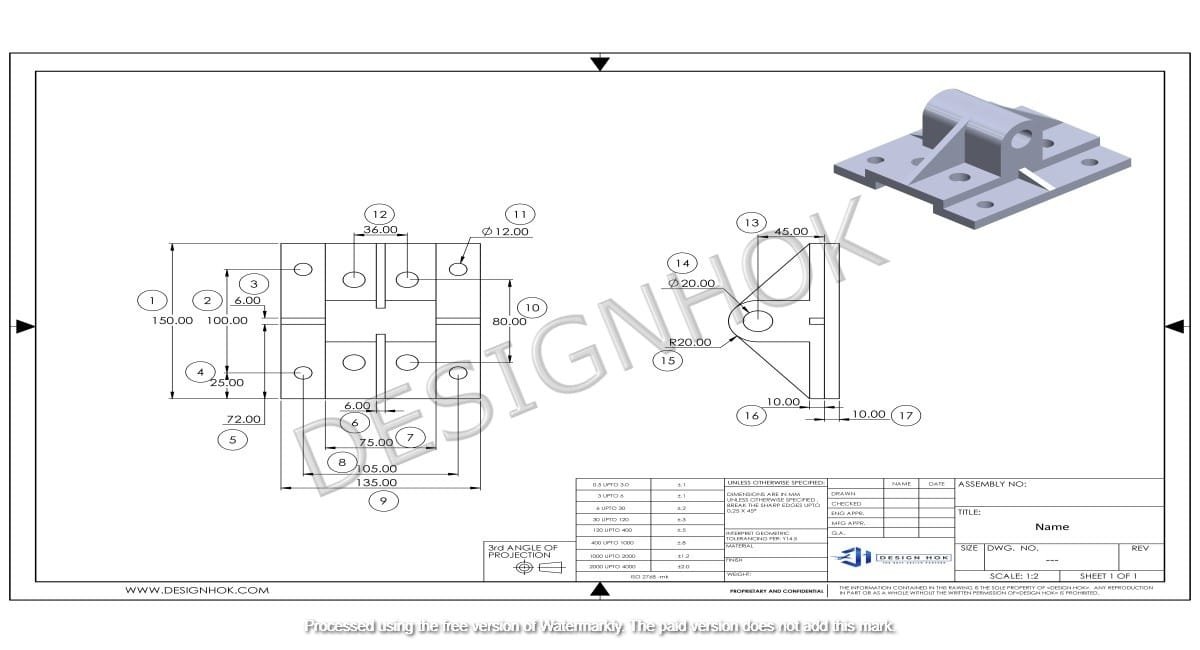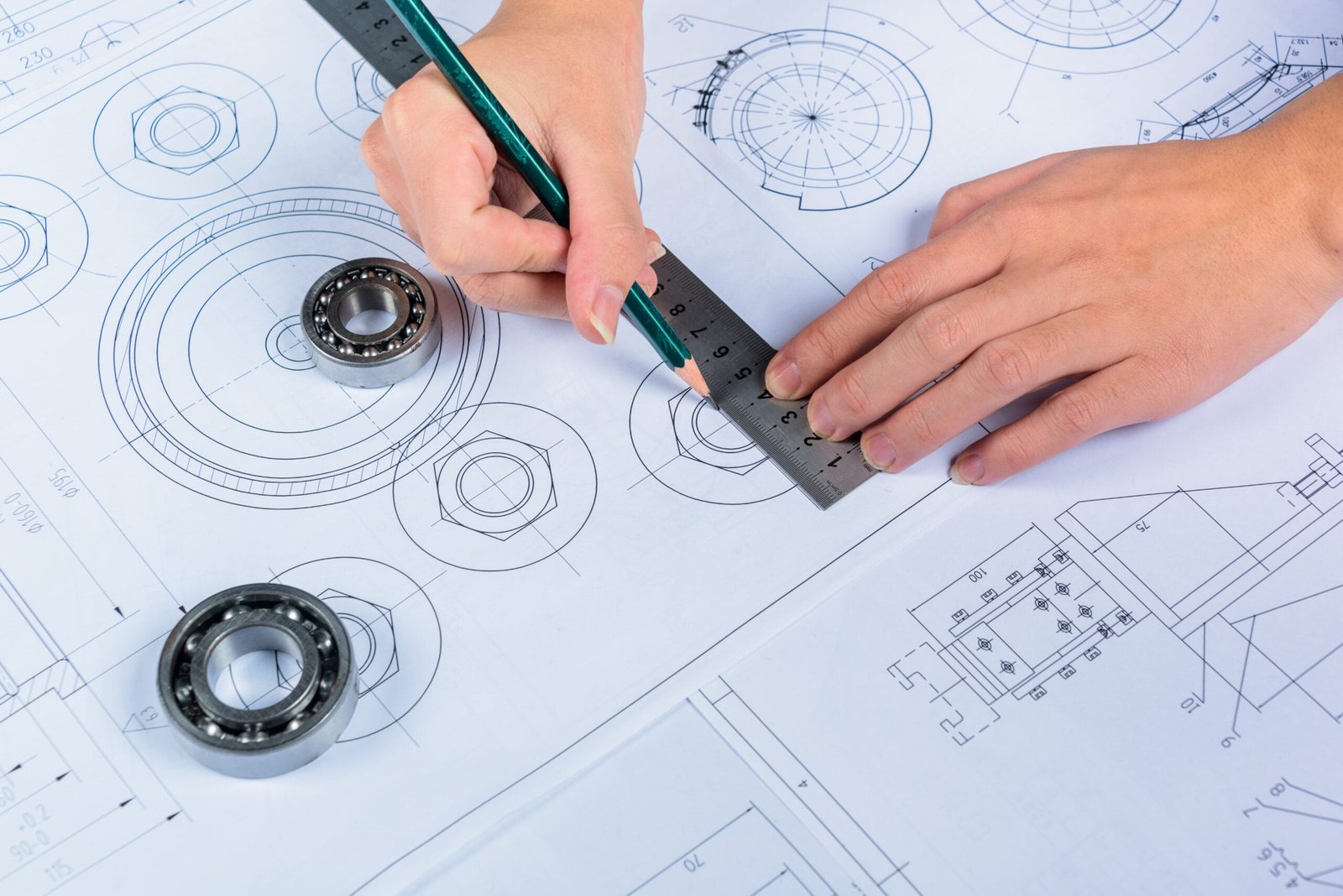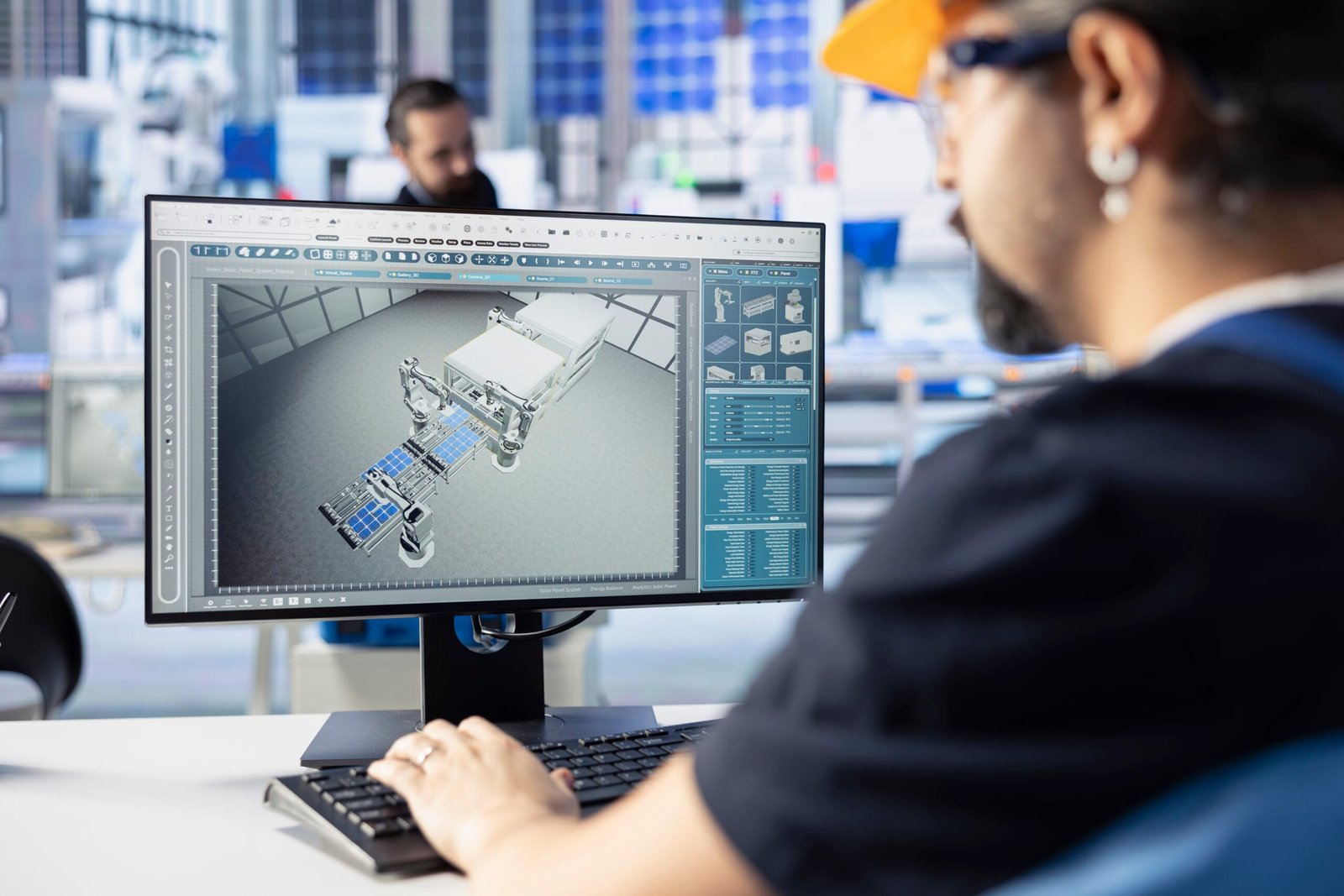Description
3D design project management is essential for delivering high-quality engineering and architectural designs efficiently. It involves planning, organizing, and overseeing the entire 3D modeling, rendering, and design process while ensuring accuracy, collaboration, and timely completion. At DesignHOK, we specialize in managing 3D design projects with advanced tools and methodologies to provide top-notch solutions for clients. This blog explores the key aspects of 3D design project management, best practices, tools, and how DesignHOK ensures success in every project.
Introduction to 3D Design Project Management
Managing a 3D design project is more than just creating models; it involves coordinating multiple tasks, meeting client requirements, and ensuring that the final output aligns with technical standards. Whether it’s mechanical design, architectural visualization, or industrial modeling, effective project management helps optimize workflow, reduce errors, and ensure smooth execution.
At DesignHOK, we understand that each project is unique, requiring precise planning and execution. Our approach to 3D design project management ensures that every project is completed efficiently, within budget, and meets the highest quality standards.
Key Elements of 3D Design Project Management
1. Project Planning and Scope Definition
Every successful 3D design project starts with detailed planning. This stage involves:
- Defining Objectives: Understanding the purpose of the design.
- Setting Deliverables: Outlining what needs to be delivered at each stage.
- Budget and Timeline Estimation: Allocating resources effectively.
- Risk Assessment: Identifying potential challenges and solutions.
At DesignHOK, we begin every project with a comprehensive project brief, ensuring all stakeholders are aligned before work begins.
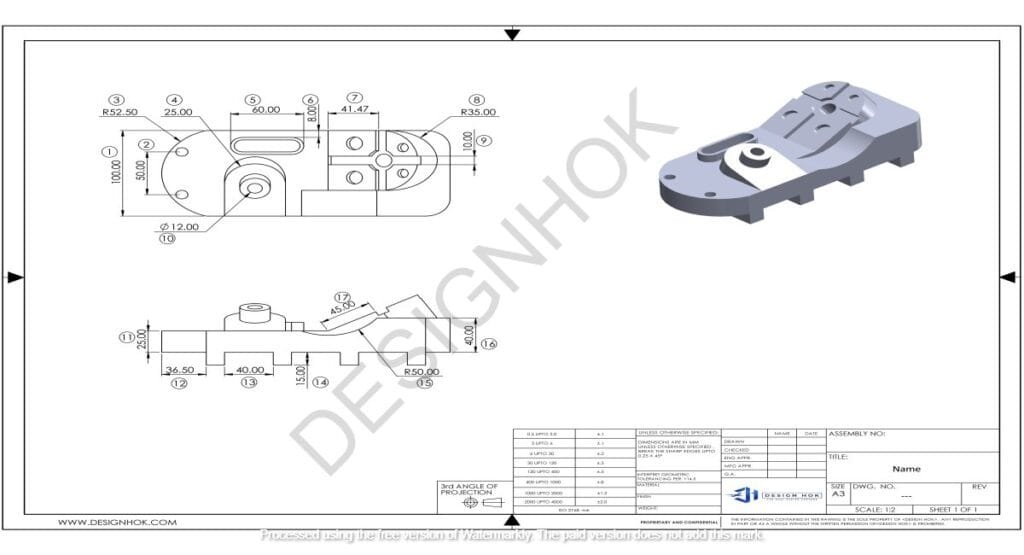
2. Team Collaboration and Communication
3D design projects often require collaboration between designers, engineers, and clients. Effective communication tools and project management strategies ensure seamless teamwork.
Best Practices:
- Using collaboration platforms like Autodesk BIM 360 or Asana for task tracking.
- Regular team meetings to ensure progress is on track.
- Cloud-based file sharing for easy access to 3D models, CAD files, and renderings.
At DesignHOK, we prioritize clear communication to eliminate misunderstandings and streamline project execution.
3. Selection of the Right 3D Design Tools
Choosing the right software is critical in 3D design project management. The tools used depend on the project type, complexity, and client requirements.
Popular 3D Design Software for Project Management:
| Software | Use Case | Key Features |
|---|---|---|
| AutoCAD | 2D & 3D Design | Precision drafting, parametric modeling |
| SolidWorks | Mechanical Design | Parametric modeling, simulation tools |
| Fusion 360 | Engineering & Manufacturing | Cloud collaboration, CAM integration |
| CATIA | Aerospace & Automotive | Advanced surface modeling, PLM integration |
| SketchUp | Architecture & Visualization | User-friendly interface, 3D rendering |
| Revit | BIM & Construction | Architectural modeling, real-time collaboration |
At DesignHOK, we utilize a combination of these tools to deliver top-quality designs while ensuring efficient project execution.
4. Workflow Optimization and Process Automation
A well-structured workflow reduces design errors, improves efficiency, and accelerates project completion.
Steps to Optimize Workflow:
- Standardized File Naming & Version Control: Avoids confusion in multi-user projects.
- Automated Rendering & Simulation: Reduces manual effort and enhances accuracy.
- Use of Templates & Libraries: Saves time by reusing standard components.
- Integration with PLM & PDM Systems: Ensures seamless data management.
At DesignHOK, we implement process automation to increase efficiency and reduce repetitive tasks in 3D modeling and rendering projects.
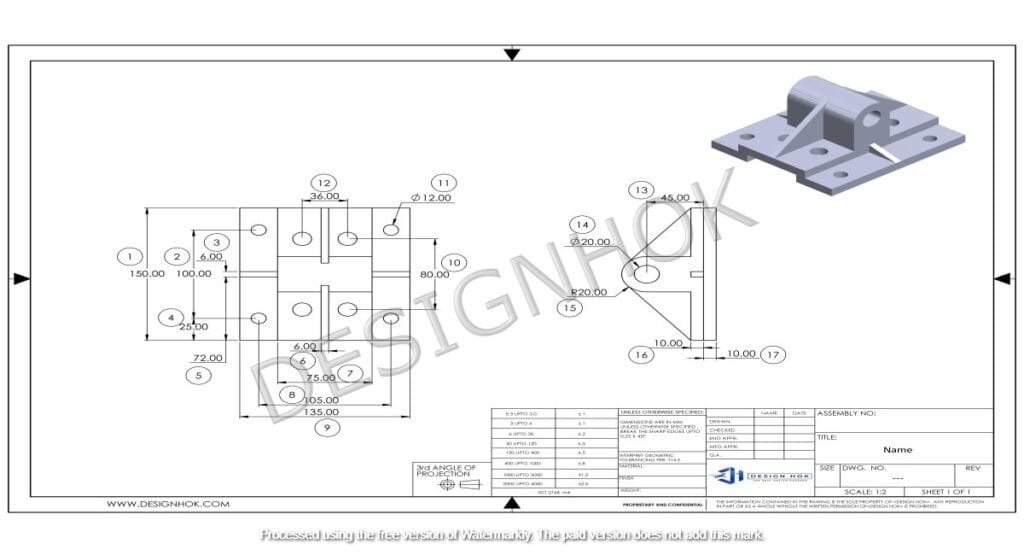
5. Quality Control and Error Prevention
Maintaining high-quality standards is a priority in 3D design project management. We follow a structured review process to ensure accuracy before final delivery.
Quality Control Measures:
Regular Design Reviews: To catch potential errors early.
Simulation & Testing: To verify functionality in real-world conditions.
Client Feedback & Revisions: Ensuring the final output meets expectations.
Compliance Checks: Following industry standards and best practices.
At DesignHOK, our multi-stage review process ensures that every 3D model is free from defects and meets client specifications.
6. Timeline and Budget Management
Delivering projects on time and within budget is crucial for client satisfaction.
Effective Budgeting Strategies:
- Allocating resources efficiently.
- Avoiding unnecessary rework by maintaining accuracy.
- Using cost estimation tools to forecast expenses.
Time Management Techniques:
Gantt Charts & Milestones: To track progress visually.
Time-Tracking Tools: To monitor team efficiency.
Agile Project Management: Breaking down tasks into smaller deliverables.
At DesignHOK, we use modern project management techniques to ensure projects stay on schedule and within budget.
7. Client Collaboration and Approval Process
Keeping clients involved throughout the 3D design process ensures transparency and satisfaction.
How We Manage Client Collaboration:
Regular Design Presentations: Showcasing progress and getting feedback.
Cloud-Based Access: Allowing clients to review 3D models in real time.
Iterative Revisions: Refining designs based on client input.
At DesignHOK, we believe in an interactive design process, where clients are engaged at every stage to ensure the best outcomes.
Conclusion
3D design project management is an essential discipline that ensures projects are delivered efficiently, within budget, and to the highest quality standards. By leveraging the right tools, optimized workflows, and strong collaboration, DesignHOK consistently delivers high-quality 3D design solutions for clients across various industries.
If you need expert 3D design project management for mechanical design, rendering, or architectural visualization, DesignHOK is here to help. Contact us today to discuss your next project!
FAQs
1. What is 3D design project management?
3D design project management involves planning, coordinating, and executing 3D modeling, CAD design, and rendering projects while ensuring accuracy, collaboration, and timely completion.
2. What tools are used for 3D design project management?
Popular tools include AutoCAD, SolidWorks, Fusion 360, CATIA, SketchUp, Revit, and project management software like Trello, Asana, or BIM 360.
3. How can I ensure quality in 3D design projects?
By implementing design reviews, simulations, testing, and client feedback loops, you can ensure high-quality 3D models that meet industry standards.
4. What are the biggest challenges in managing 3D design projects?
Common challenges include meeting deadlines, maintaining accuracy, ensuring client satisfaction, managing budgets, and optimizing workflows.
5. Why choose DesignHOK for 3D design project management?
DesignHOK offers expertise in 3D modeling, rendering, and mechanical design, using advanced tools and efficient project management techniques to deliver top-quality results.

